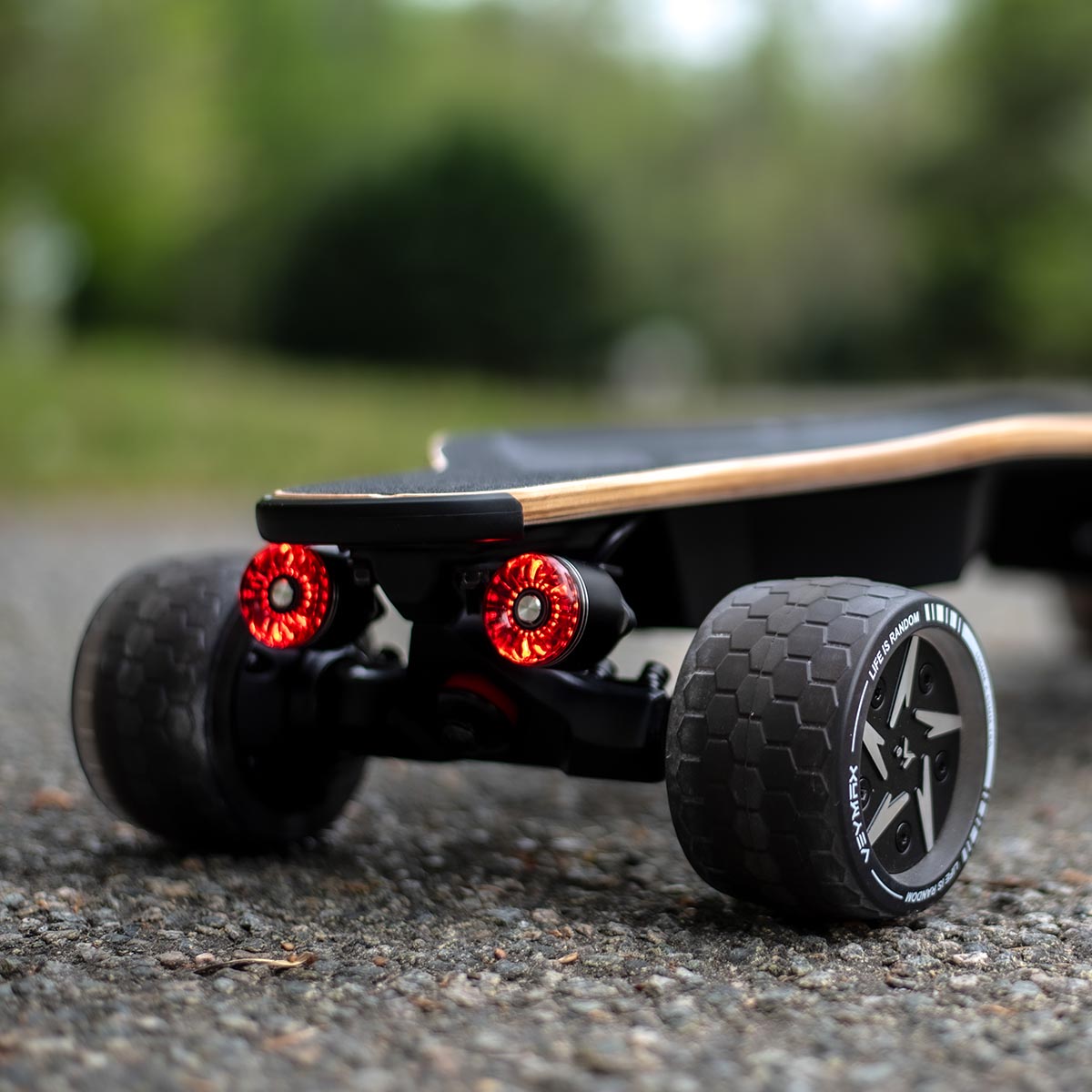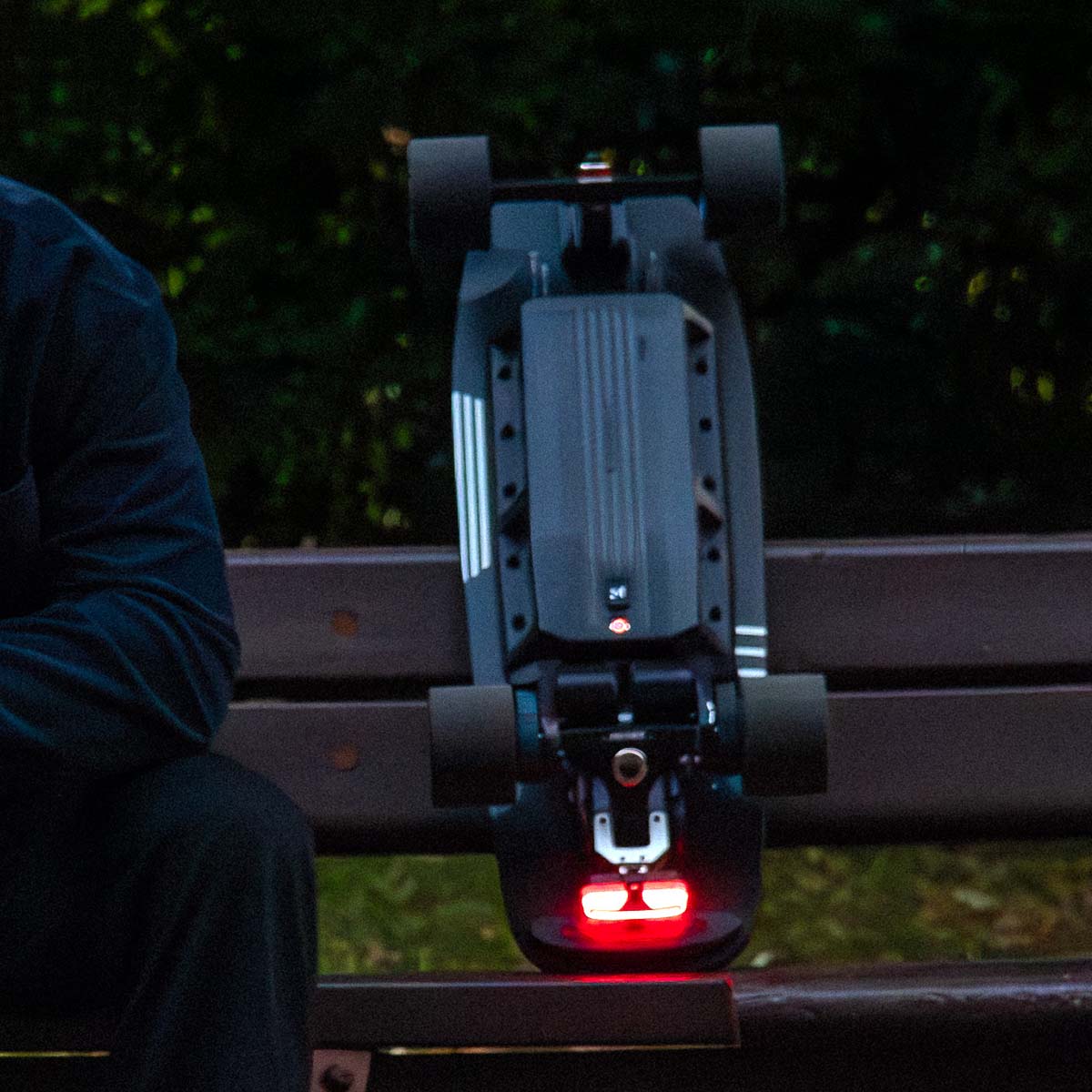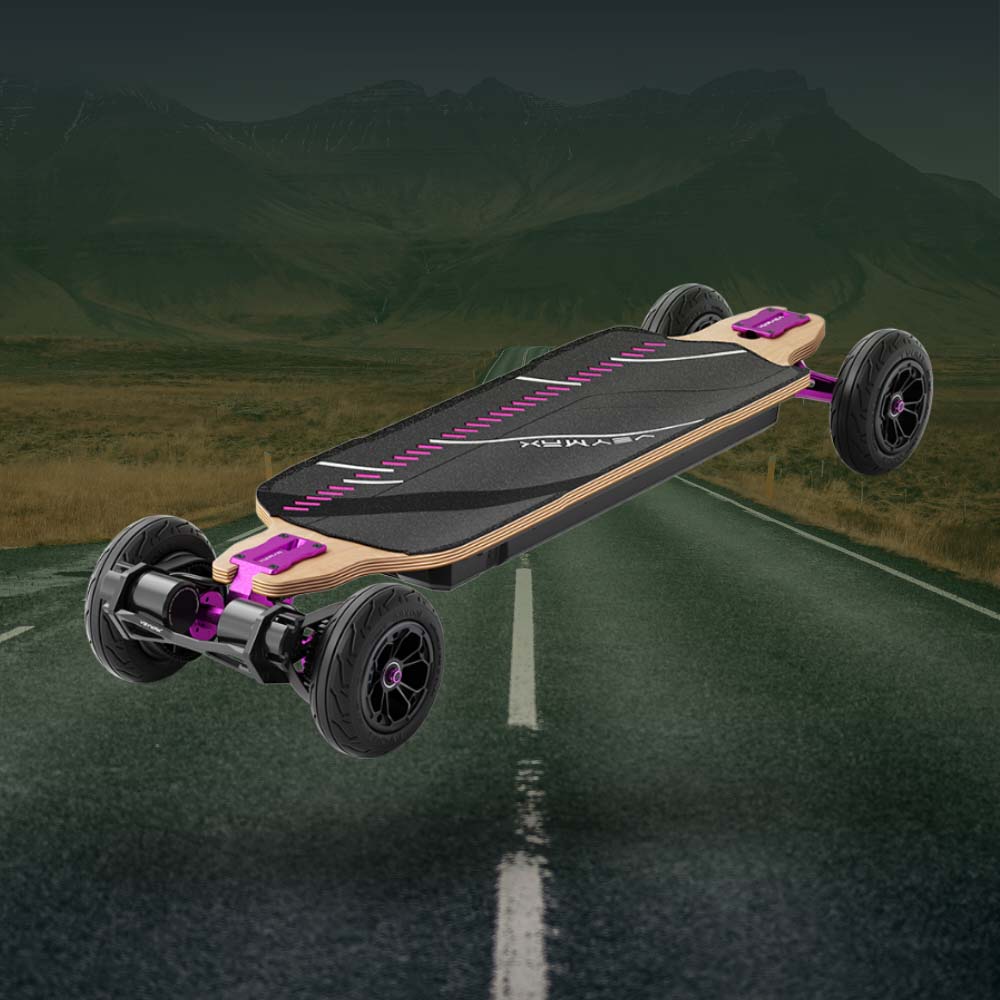As you already know, there are two main options when it comes to human mobility: electric vehicles and gasoline-powered vehicles. Market-leading manufacturers BMW, Toyota or Volkswagen that have always sold gasoline vehicles are revolutionizing their business models and starting to introduce new electric vehicles to complement their model ranges. Instead, there are other new players, like Tesla or Polestar, which only make electric vehicles.
Electromobility is already a reality, not only in cars but in all other vehicles. That's what's happening in our industry, the jet skateboard industry. You may have found an electric or gas powered surfboard manufacturer, or even a brand that makes both. The market is full of options. In fact, customers rarely know which is the best option for them.
To answer this question, we did an Electric Surfboard comparison between gas surfboards and electric surfboards.
Electric VS Gas Surfboard Comparison
Every jet skateboard needs a motor to propel the skateboard forward. We differentiate motor types based on power supply. When the power source is gasoline, the engine is an internal combustion engine. On the other hand, if the power source is the battery, then the engine is electric. Let's see the main differences between them.
Maintain
Gas-powered surfboards require routine maintenance after every ride in salt or fresh water because the engine lacks watertightness and needs water cooling. This also happens on jet skis, for example. As you know, watertightness is the ability to prevent water from penetrating an object. But why aren't gas-powered jet-plate engines waterproof?
Internal combustion engines run on a mixture of gasoline + oil + air. Note that one of the required elements is "air". If the motor is completely watertight, water cannot enter the motor compartment and the engine will not work. Therefore, gasoline engines cannot be waterproofed so that air can be drawn in from the outside. Because jet plates are designed for use on water, just like air goes into a gasoline engine, so does water. This means that maintenance guidelines must be properly followed after each use to properly protect the engine. Depending on the brand and engine, some maintenance guidelines for petrol surfboards might be:
Rinse the engine compartment with fresh water, except for the carburetor.
Drain all the water poured in the previous step and start the engine.
Paint the crankshaft, starter motor, screws and bearings.
Note that these are some general maintenance guidelines for internal combustion engines when used in water. You should check your jet plate manufacturer's guidelines before performing maintenance.
On the other hand, some electric motors are completely waterproof because neither the battery nor the motor require air to run like the Onean. This greatly simplifies jet plate maintenance. In general, electric jet board maintenance consists of lubricating the battery and board connectors with grease after each use to avoid corrosion. Proper use of batteries requires minimal maintenance. In our case, we recommend keeping the battery at around 20% for long-term storage, and fully charging it before going into the water.
Charging time
The battery needs to be charged. Fuel tanks need to be loaded. Unfortunately, charging the 3 liter tank is faster than charging the 130 amp battery. Charging time varies with battery capacity and charger power. Still, a jet battery typically charges from 0 to 100 in about 2.5 hours. That's quite a bit of time compared to filling the gas tank of a gasoline jet ski, which can fill up in minutes. Electric surfboard users often equip their surfboards with extra batteries. That way, once one battery dies, the only thing they have to do is plug in the other and continue riding.
Riding time
Taking the automotive industry as an example, it is self-evident that the cruising range of electric vehicles is definitely lower than that of gasoline vehicles. Check out the Mercedes EQC with a range of 410km. That's pretty normal in such a young industry. However, new developments in electric vehicles are allowing this range to increase every day. For example, the Tesla Model S has a range of 647 kilometers, which is pretty close to that of a gasoline car.
The same goes for the range of electric surfboards. To this day, the average ride time for an electric surfboard is between 20 and 40 minutes, compared to about an hour for a petrol surfboard. The more cells a battery contains, the greater the range. However, the more power the battery provides, the lower the range, and the more batteries, the heavier the battery. Finding the midpoint between ride time, weight and power is critical.
Pollute
Gasoline engines run on fuel and oil. In the event of any part of the engine failing, or when refueling in tanks close to the shore, the elements would often leak and be dumped into the ocean or lake. We have a responsibility to minimize water pollution through the proper use and maintenance of our jetting panels. In addition to water pollution, gas-powered surfboards also unavoidably release pollutants into the air through their internal combustion engines.
In contrast, electric surfboards do not release any pollutants, whether liquid or gas, into the ocean. Clean energy, zero emissions. Along with water and air pollution, noise pollution is something you'll need to deal with with your gas-powered surfboard. These devices are very noisy and can disturb people on the water. This is why many riders seek out remote places to enjoy jetting with a gas jetting plate. On the other hand, electric-injected panels are much quieter than gasoline-injected panels because they don't burn, making them a very pleasant ride.
Limit
As mentioned earlier, gasoline injection panels are much noisier than electric injection panels, and besides air and water pollution, they create leaks and combustion emissions. This is why the use of gas powered injection panels is restricted in certain areas. Depending on the country, you may find that gas boards are not allowed in the lakes. Many lakes have strict regulations to protect their flora and fauna, or are used exclusively for human water use. Therefore, there is no place for pollutants to exist in the lake. Electric surfboards powered by clean energy, on the other hand, have no emissions and are therefore less restrictive.
Weight
Electric and gas-injected panels weigh nearly the same when comparing panels of similar size and construction material. Electric jetting plates, however, require batteries to power the jetting unit. A standard electric surfboard battery weighs between 15 and 20kg, while a jetboard plus battery weighs around 35kg. Pneumatic boards usually weigh around 20kg.
Transportation
Transporting electric or gas jet panels by car is no problem at all. However, that changes when it comes to air shipments of electric surfboards. If you're considering taking your electric jetboard to the plane, checking the jetboard is no problem, but the battery isn't. Large batteries, such as those found in electric jets, cannot be carried on passenger planes.
In order to transport jetboards with batteries by plane we recommend doing so on a cargo plane and always check with the manufacturer to make sure they have all the necessary documentation. There are many companies that specialize in shipping such products. So if you're planning to move to another country or go on vacation, there's no need to leave your jet ski behind.
Maximum speed and acceleration
Electric surfboards are more efficient than gas-jet boards because the motion is generated directly. Gasoline engines first generate heat, which is then converted into small explosions of the gasoline mixture that move the pistons (simplified explanation). Electric motors have fewer moving parts, so power goes directly to the turbine. This advantage gives electric surfboards greater torque and acceleration than gasoline surfboards. At the same time you press the trigger of the controller, the energy of the battery is converted into the motion of the turbine.
It's true that gasoline engines can reach higher speeds on long straights. But it doesn't feel like it's going fast. Torque and acceleration that will make you say "hell, that's fast!". What's more, the most powerful jet skis to date aren't gas powered, they're electric.






Leave a comment
This site is protected by hCaptcha and the hCaptcha Privacy Policy and Terms of Service apply.